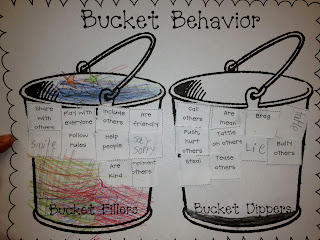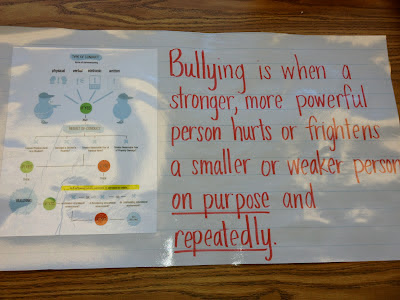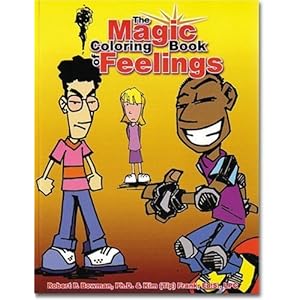Lee Elementary will be participating in the Peer
Assistance and Leadership, PAL®, program this 2012-2013 school year. We will be visited weekly at lunchtime
by a group of trained students at McCallum High School, under the supervision
of Richard Cowles.
The mission of the PAL® Peer Assistance and Leadership program is to
enable young people to use their potential to make a difference in their lives,
schools and communities.
The PAL® curriculum recognizes
the potential of youth as a resource and catalyst for change in other troubled
youth. They provide a critical first line of defense in building resiliency
among peers. The PAL® peer helping program philosophy identifies an innate
capacity for social understanding, personal well-being and community
participation within every person. When participating in positive, productive
pursuits with peers, youth can more easily resist negative influences, such as
illegal use of addictive substances, excessive school absences and unlawful
activities.
The PAL® Program is:
- an opportunity for positive role models to develop closeness and trusting personal relationships with other younger students
- a caring, sharing, listening experience for both giver and receiver
- a helping hand of regular school counseling services
- something which can address academic as well as other concerns
- a way for students to develop a greater sense of ownership and responsibility in their school community
- a tool for preparing students for what lies ahead in school, particularly in the transition between grade levels or buildings
- an alternative way of reaching students and utilizing student resources
- a program in which the students themselves play an important role
- an opportunity to improve self-image and develop more responsible decision-making among participants
- a path to help students recognize and solve their own problems
- a chance to have a positive impact on the overall school climate
Next week I will be sending home permission slips to participate in the 2012-2013 PAL® Program. PAL® students will spend time with your child weekly during their lunchtime period. This program will not interfere with their academic schedule.
If you have any questions
please don’t hesitate to contact Richard Cowles, McCallum High
School, at (512) 841-2088 or Jaclyn Sepp, Lee Elementary Counselor, at (512)
841-3906.














































